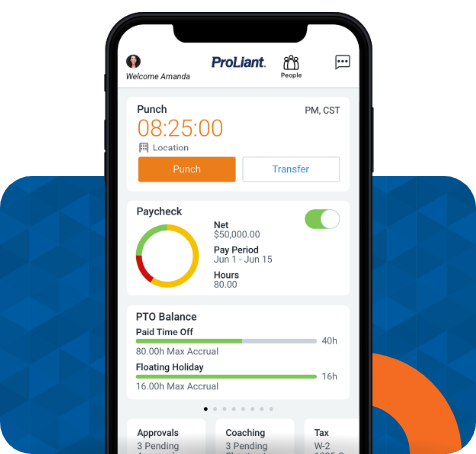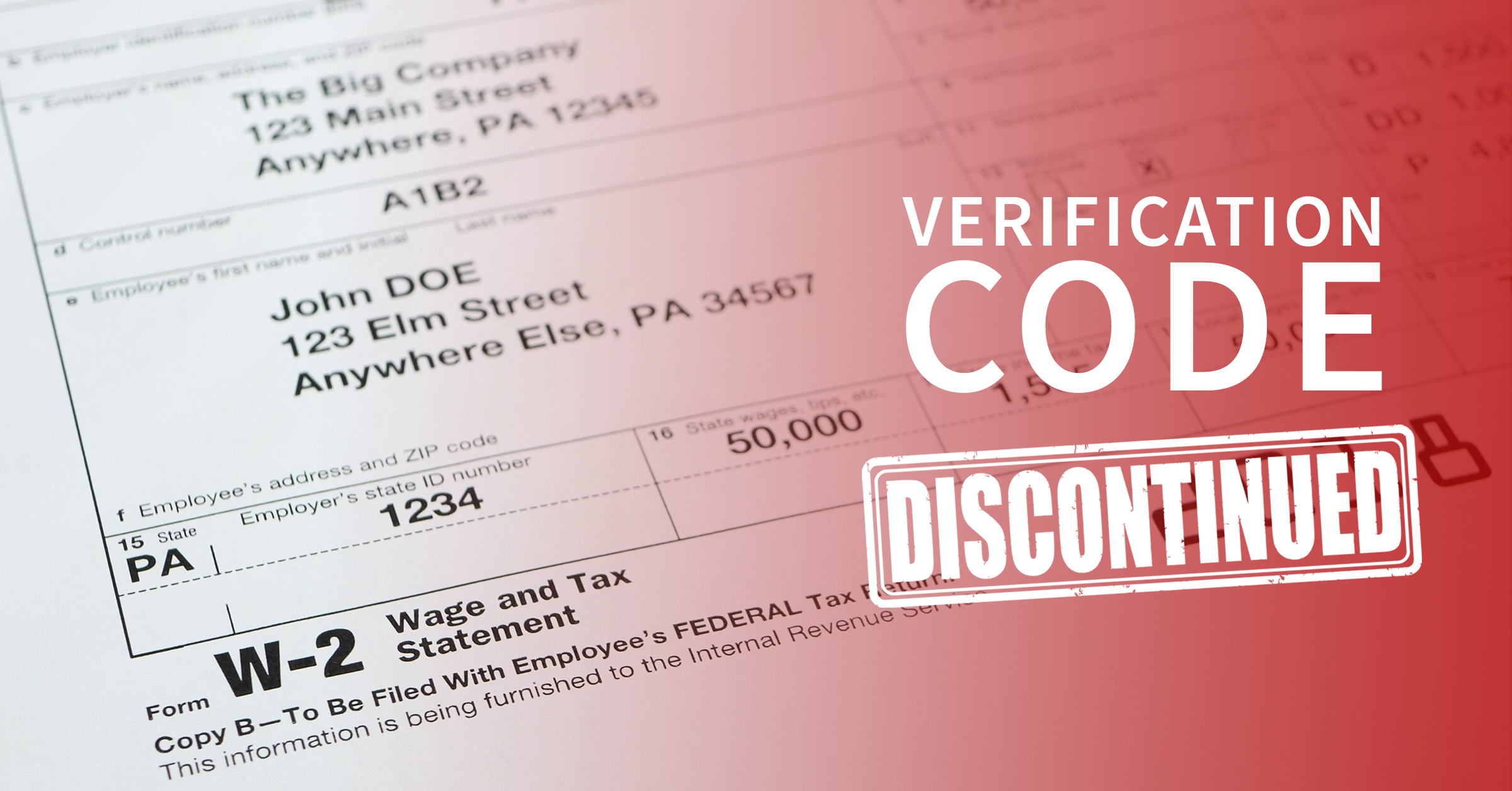In the past few years, there have been a lot of changes when it comes to how we get our taxes done. Deadlines have moved around, new online self-help tools have been made available, and the IRS verification code on W-2s has been through some changes as well.
In 2016, the IRS implemented the verification code program for W-2s, but in 2019 this was discontinued. Now, it seems as though these codes are back as part of a test the IRS is conducting, but only a select number of people receiving W-2s during the 2021-2022 tax seasons will see the codes on their forms.
What is an IRS verification code?
The IRS verification code was 16-digits long and appeared in Box 9 of Form W-2 and was for tax-payer information verification when filing personal income tax returns (Forms 1040) online. The code was meant to prevent tax fraud and identity theft.
Where do I find the IRS verification code?
The IRS verification code will appear in Box 9 of form W-2. However, as of 2019, not all W-2s will have an IRS verification code. According to Internet Tax Connection, some people may see a verification code on their W-2s as part of a test being conducted by the IRS. Here are instructions some people might see on the form:
“Verification Code – If this field is populated, enter this code when it is requested by your tax return preparation software. It is possible that your software or preparer will not request this code. The code is not entered on paper-filed returns.”
What is the new identity verification process to access IRS online tools and services?
In November 2021, the IRS updated how users sign in and verify their identity for certain IRS online services. The mobile-friendly platform uses trusted third parties and is part of the Identity, Credential, and Access Management (ICAM) initiatives. Visit the IRS website to learn more.

IRS verification codes for 2021-2022
During the 2021 and 2022 tax seasons, about 25% of all W-2 forms will have a verification code. The IRS is hoping to test this system for verifying W-2 data and preventing tax-related identity theft and fraud when filing personal tax returns online.
According to Internet Tax Connection, The IRS is working “with new payroll service providers to ensure that a 16-digit code and new verification code field is available on a specific amount of W-2 forms” provided to employees. The IRS hopes to use this code to ensure that “the W-2 information that is submitted is coming from the taxpayer.”
Some employees will not have a verification code, which means no code data will need to be provided to the IRS. Additionally, as this is just a test, “if the code is not entered or entered incorrectly, the tax return process will not be delayed.” W-2s that don’t include a verification code may contain a blank Box 9 or no Box 9.
What happened to IRS verification codes in previous years?
In 2016, the IRS started a Form W-2 verification code pilot program. This 16-character verification code appeared in Box 9 of Form W-2 and was meant to help the IRS authenticate the information reported on Form 1040 for individual tax returns.
According to Bloomberg Tax, this was discontinued in 2019 because “early reporting deadlines helped improve the process for certifying wage and tax information.” In 2019, the PATH Act contained language that required employers to submit their Forms W-2 information by January 31, which enabled the IRS to verify taxpayer income information faster and more efficiently. Because the PATH Act provision is less of a burden on taxpayers, the use of verification codes was discontinued.
At Proliant, we pride ourselves on being experts when it comes to changing tax laws, forms, and IRS regulations. Our Payroll and Tax services ensure businesses stay up to date and remain compliant. If you are interested in learning about Proliant's Payroll and Tax Solution, just click the button below.








No Comments Yet
Let us know what you think